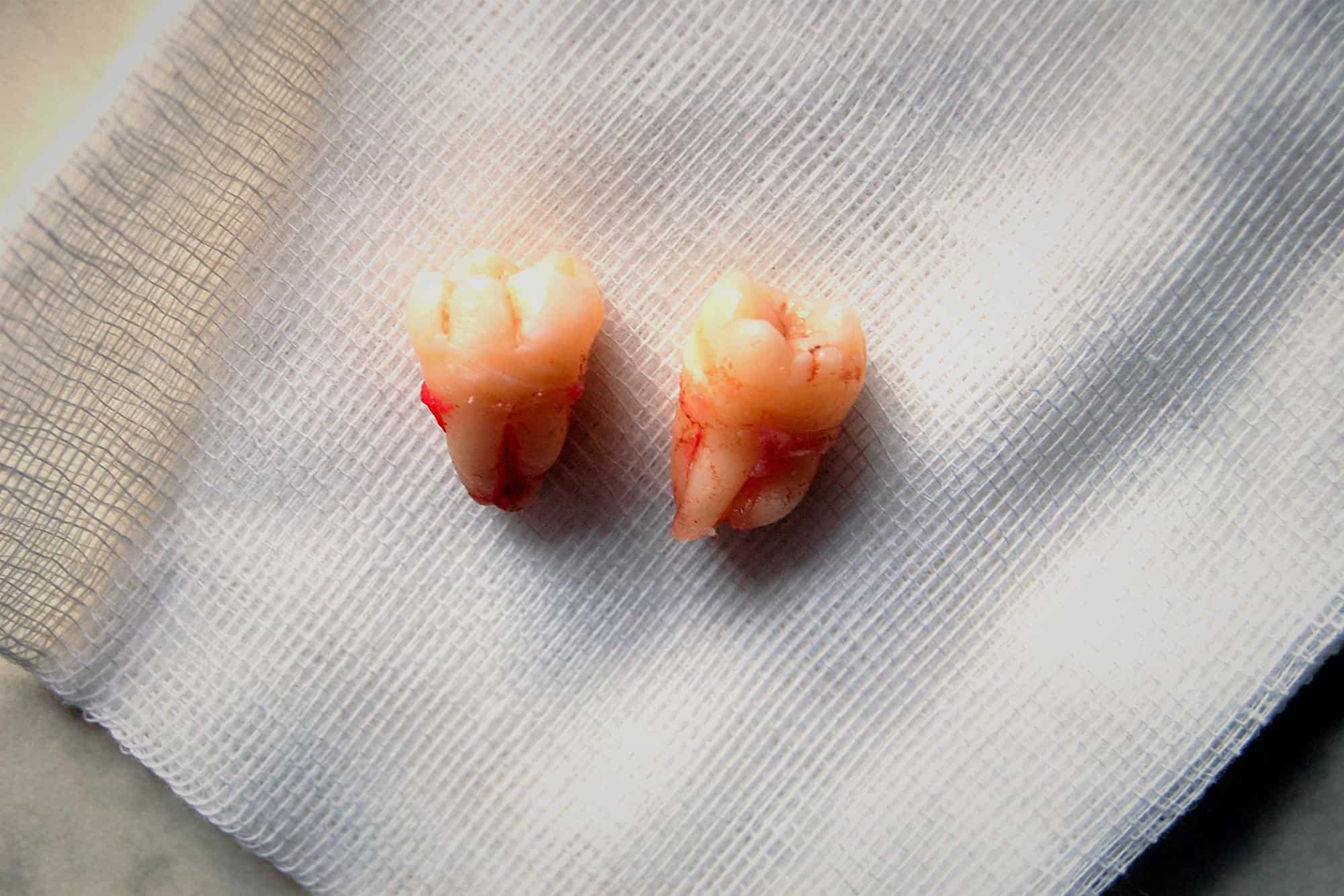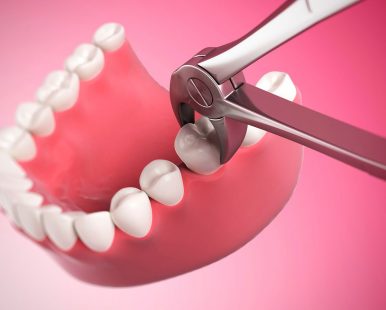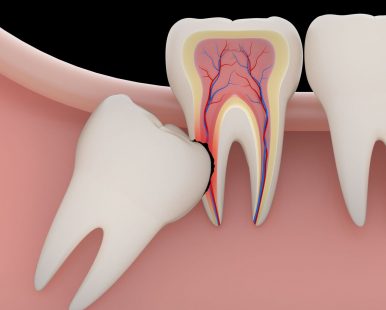What is a tooth extraction?
A tooth extraction is the removal of the tooth entirely from its socket in the bone.
When does a tooth need to be extracted?
When a tooth is severely damaged, it may not be possible to repair it and it may also not be possible to treat any internal (root canal) or external (gum) problems with any level of predictable success.
Such teeth are deemed to have hopeless prognosis.
Here are some examples of conditions whereby a tooth extraction maybe necessary:
- Crack/split that runs under the gum
- Extremely large cavities
- Severe gum disease with extensive bone loss
- Root resorption
These teeth may have a poor prognosis even if restorative treatment is attempted. And it maybe better to have the tooth extracted and replaced for a more predictable long term outcome.
It is interesting to note that sometimes healthy teeth are also indicated for extractions. This is usually part of an orthodontic treatment plan to correct severe dental crowding with braces.
Lastly, we also very often extract baby teeth that are wobbly in our pediatric patients.
Are all tooth extractions the same?
There are two types of tooth extractions:
Simple extractions
This is performed on a tooth that is fully erupted out of the gum and not impacted. Most simple extractions can be done under local anaesthetic. The entire tooth, including the roots are removed whole.
Surgical extractions
A surgical extraction is required to remove a tooth/root that may have broken off at the gum line or is impacted (incomplete eruption). Singaporeans/Singapore PRs can use Medisave to cover part of the surgical fees.







